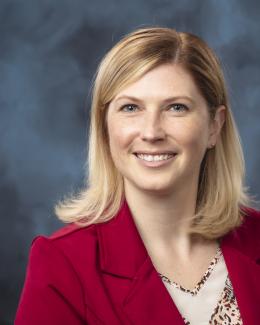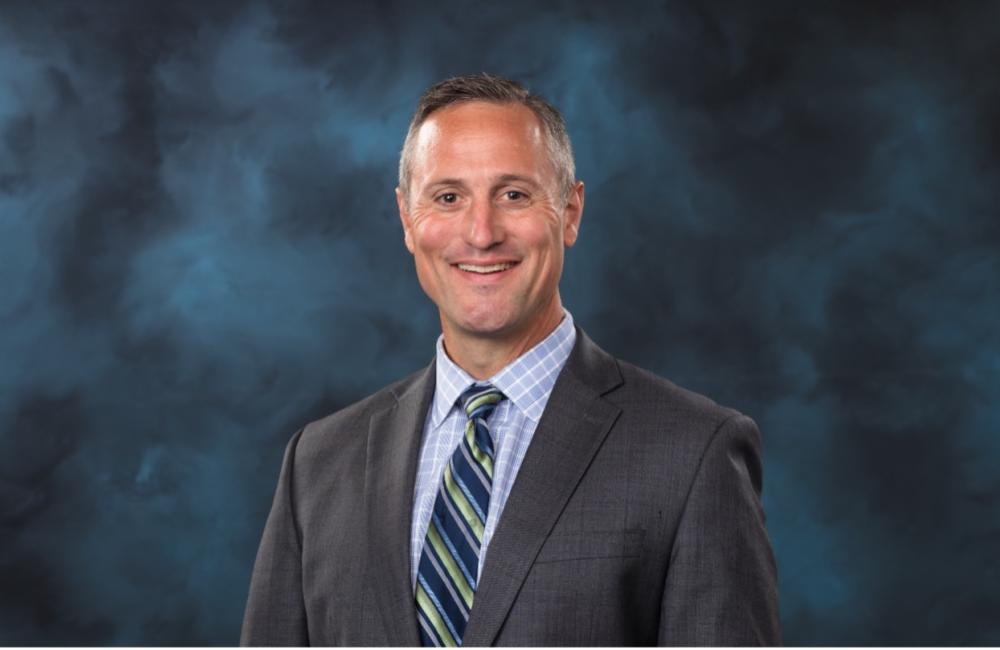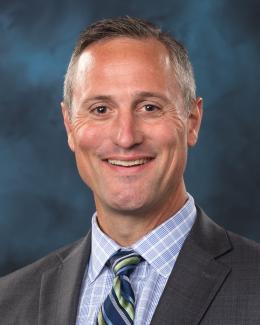Genevieve Martin/ORNL, U.S. Dept. of Energy
Mike Benson has spent the last 10 years using magnetic resonance imaging systems — much as you find in a hospital — to understand the fluid dynamics of flows around objects and even scaled replicas of cities. After retiring from the U.S. Army in the spring of 2023, he started at the Department of Energy’s Oak Ridge National Laboratory to continue his research using MRI scanning to build a new fluid mechanical experimental research capability.
Benson, a mechanical engineer, joined the Collection Science and Engineering group as part of ORNL’s nuclear nonproliferation mission, bringing his MRI research experience with him. Understanding that MRIs were designed to evaluate the human body, he used the technology to probe other types of items without needing to break apart the object. He aims to apply MRI scanning to nonproliferation, other ORNL research topics and mission needs across the government.
“Applying MRI technology to nonproliferation research is a new space for me,” Benson said. “I’m excited to leverage my past academic experiences in this new role.”
For the last decade, Benson taught mechanical engineering to Army cadets at the U.S. Military Academy at West Point, specializing in thermodynamics, fluid mechanics and heat transfer. His research centered on developing and using novel diagnostics for quantitative measurements of velocity, concentration and temperature fields in technical flows using MRI systems. He used MRI, for example, to assist with improving the fuel efficiency of gas turbine engines.
He has also led a global activity called the MRV Challenge for three iterations, in which MRI-based measurements of turbulent flows conducted by various research groups are compared for similarity, practices and techniques. Benson has used the technique in projectile flight analysis and heat transfer applications for impingement cooling. Collaborators have recently succeeded in reducing the noise in a refrigerator by looking at air flow through the compressor and in improving 3D metal printing processes through shielding gas flow improvements.
In the nonproliferation space, Benson’s insights can provide a different perspective on how contaminated air flows through cities and provide recommendations for fortifying infrastructure. In MRI studies, Benson and his students used the system to examine flows across 3D-printed models of cities and buildings, where more traditional measurement techniques have limited access. The MRI provides a fully three-dimensional set of measurements of the flow velocities and concentration distribution across the entire area of interest. Using this method for nonproliferation can help researchers see how air moves across structures of differing size akin to how contaminated air may flow through a community.
“When applying MRI to a new field, I have to learn more about that field,” Benson said. “I enjoy getting diverse experience with topics and experts to solve problems in ways that haven’t been tried before.”
Benson had other opportunities for a second career when he retired, but he chose ORNL for the career opportunities, milder East Tennessee climate and proximity to the Great Smoky Mountains. A scientist at heart, he studied the average temperature around ORNL and found it to be 10 degrees warmer during the times of year when it counts.
UT-Battelle manages ORNL for the Department of Energy’s Office of Science, the single largest supporter of basic research in the physical sciences in the United States. The Office of Science is working to address some of the most pressing challenges of our time. For more information, please visit energy.gov/science. — Liz Neunsinger




